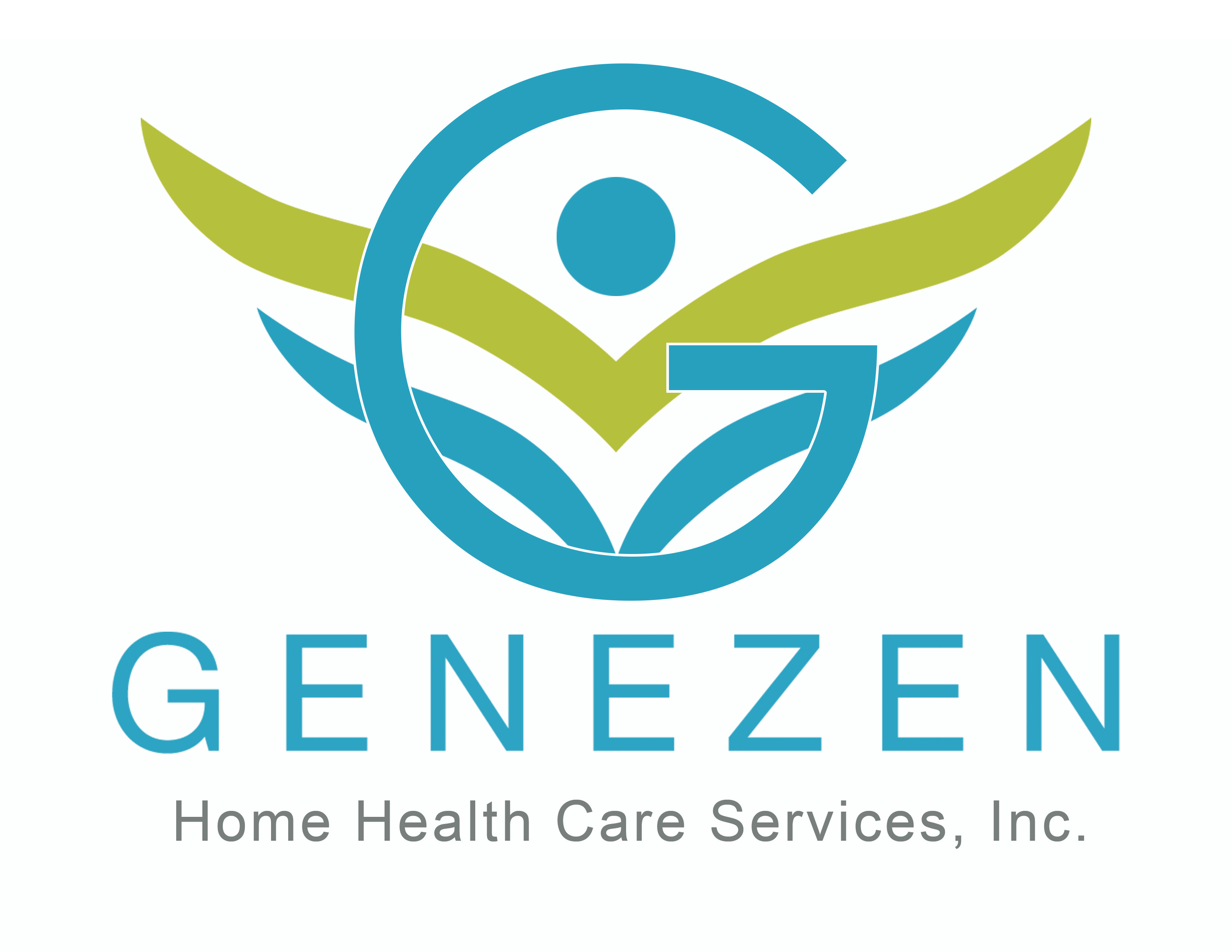We’ve all felt it—that tight, sore spot in your neck, shoulders, or back that just won’t go away. Muscle knots, also known as myofascial trigger points, are common and can affect anyone. They may seem harmless at first, but when left untreated, these knots can interfere with your mobility, posture, sleep, and overall quality of life. Understanding the cause, severity, and treatment of muscle knots can help you manage the pain effectively and prevent it from becoming chronic.
In this blog, we’ll explore what muscle knots really are, what causes them, how to know if yours is something more serious, and the best ways to treat and prevent them.
What Are Muscle Knots?

Muscle knots, also known as myofascial trigger points, are tight, sensitive areas within muscle tissue that remain contracted even when the muscle is supposed to be at rest. These knots often feel like small, firm bumps or nodules beneath the skin and are typically tender when touched. While they can cause localized pain, they may also refer to discomfort in other areas of the body, leading to tension headaches, neck pain, or even lower back discomfort. Muscle knots can form due to stress, overuse, poor posture, or injury and often worsen without proper care, stretching, or treatment.
Medically known as: Myofascial trigger points
Common areas affected:
- Neck and shoulders
- Upper and lower back
- Calves and thighs
- Glutes
What Causes Muscle Knots?
Muscle knots typically result from muscle overuse, injury, or poor posture. When muscles are stressed or strained, small fibers within the tissue can get stuck in a contracted state.
Common causes include:
- Poor posture (e.g., slouching at a desk)
- Stress and anxiety (leading to muscle tension)
- Repetitive motion (e.g., typing, lifting)
- Muscle injury or strain
- Dehydration
- Sedentary lifestyle or prolonged sitting
Over time, repeated strain or poor posture can cause muscle fibers to tighten and lose their natural flexibility. As tension builds, blood flow to the area decreases, leading to inflammation and the development of a painful knot. These knots can become increasingly uncomfortable and harder to treat without intervention.
How to Tell If Your Muscle Knot Is Serious

Not all muscle knots are created equal. While many resolve with rest, stretching, or simple home care, others may point to deeper issues like nerve compression or chronic muscle dysfunction. Knowing the warning signs of a serious knot can help you take timely action and prevent further pain, stiffness, or long-term complications.
🟢 Mild and Manageable (Not Serious):
- Pain is localized
- Tender to touch but improves with massage or stretching
- No numbness or tingling
- Appears after physical activity or prolonged sitting
🔴 Warning Signs It May Be Serious:
- Pain radiates beyond the knot (e.g., down your arm or leg)
- Numbness or tingling sensations
- Weakness in the surrounding area
- Swelling or redness
- Persistent pain that lasts more than a few weeks
- Knot is near a joint and affecting mobility
If your symptoms fall under the red-flag category—such as intense, persistent pain, numbness, weakness, or swelling—it’s essential to consult a healthcare professional. These signs could indicate a more serious underlying condition that requires timely evaluation, proper diagnosis, and expert care to prevent complications and support effective recovery.
Home Remedies for Muscle Knots

Muscle knots can be uncomfortable and frustrating, especially when they interrupt your daily activities. If the pain feels mild and manageable, you may be able to treat it at home. The following remedies can help reduce tension, ease soreness, and support natural healing without needing medical intervention right away.
1. Apply Heat or Cold
- Use a warm compress or heating pad to increase blood flow
- Apply an ice pack to reduce inflammation (especially after activity)
2. Gentle Stretching
- Stretch the affected area slowly and gently
- Hold each stretch for 20–30 seconds
3. Massage
- Use circular pressure or a foam roller to release tension
- Massage oils with menthol or arnica can add soothing relief
4. Stay Hydrated
- Drink water to flush out toxins and maintain muscle health
5. Epsom Salt Bath
- A warm bath with Epsom salt helps relax muscles and reduce pain
Prevention: How to Keep Muscle Knots Away

Consistency is key when it comes to preventing muscle knots. Incorporating a few simple habits into your daily routine—like proper posture, regular stretching, and stress management—can significantly reduce your risk. With mindful movement and self-care, you can keep your muscles healthy, relaxed, and knot-free over the long term.
Posture:
- Sit and stand with proper alignment
- Avoid slouching or leaning to one side
Movement:
- Take breaks from long periods of sitting
- Add gentle stretching or yoga into your routine
Exercise:
- Engage in regular physical activity to improve circulation
- Include strength training to support posture and mobility
Ergonomics:
- Adjust your workspace for comfort and alignment
- Use lumbar support and position screens at eye level
Stress Management:
- Practice mindfulness or deep breathing exercises
- Make time for rest and recovery
Sleep:
- Choose a supportive mattress and pillow
- Avoid sleeping in awkward positions
Professional Treatments That Can Help

If your muscle knot doesn’t go away with home care or keeps coming back, it may be time to seek professional treatment. Ongoing or severe knots can signal deeper issues, and trained specialists can offer targeted therapies that relieve pain, improve function, and prevent the problem from recurring.
1. Physical Therapy
A physical therapist can create a personalized treatment plan tailored to your specific needs and muscle issues. This often includes targeted stretching and strengthening exercises to improve flexibility, posture, and overall muscle function. Techniques such as dry needling, manual therapy, and myofascial release are also commonly used to reduce deep-seated muscle knots and restore mobility.
Physical therapy is especially vital for stroke patients, helping them regain motor function, coordination, and strength after a stroke. By addressing muscle tightness and promoting controlled movement, physical therapists support stroke recovery while also preventing the development of compensatory muscle knots due to limited mobility.
2. Massage Therapy
Therapeutic massage helps stimulate blood circulation and relieve muscle tension. Deep tissue massage and trigger point therapy focus directly on the tight areas to break up knots and promote relaxation. Consistent sessions can prevent knots from reforming and provide long-term relief.
3. Chiropractic Care
Chiropractors use spinal adjustments and manipulations to correct misalignments that may contribute to muscle tension. By improving overall alignment and posture, chiropractic care can ease strain on surrounding muscles, reduce the formation of knots, and promote better movement patterns.
4. Occupational Therapy
An occupational therapist focuses on modifying your daily activities to prevent repetitive strain that often causes or worsens muscle knots. This includes guidance on proper ergonomics, safe movement patterns, and strategies to minimize overuse in work or home routines—especially helpful for those with recurring muscle issues tied to daily habits.
Occupational therapy is also widely beneficial for individuals with ADHD, helping them develop structure, focus, and functional routines. For those with ADHD who may experience muscle tension due to hyperactivity, restlessness, or prolonged periods of poor posture, occupational therapy can offer personalized strategies that support both physical and cognitive well-being.
5. Trigger Point Injections
When muscle knots are especially stubborn or painful, a medical provider may administer trigger point injections. These injections typically include a local anesthetic or corticosteroid directly into the knot to reduce inflammation and pain, allowing the muscle to relax and function more normally.
6. Acupuncture
Rooted in traditional Chinese medicine, acupuncture involves inserting very fine needles into specific points on the body to relieve pain and stimulate healing. For muscle knots, this technique can help release tension, improve energy flow, and reduce inflammation, often enhancing the effects of other therapies.
Conclusion
Muscle knots might seem like a small annoyance, but if left untreated, they can lead to larger issues that affect your daily life. Learning to recognize the signs, applying effective home remedies, and making posture and movement a priority can make a huge difference.
If you’ve been living with persistent muscle pain or limited mobility, don’t wait. Genezen Home Health Care offers compassionate, professional support to help you manage pain, improve movement, and reclaim your comfort—right in the convenience of your own home. Take the first step toward relief and reach out today. You don’t have to manage muscle knot pain alone—help is just a call away.


